綠化城市:植物點止美化咁簡單|Urban greening: more than what meets the eye
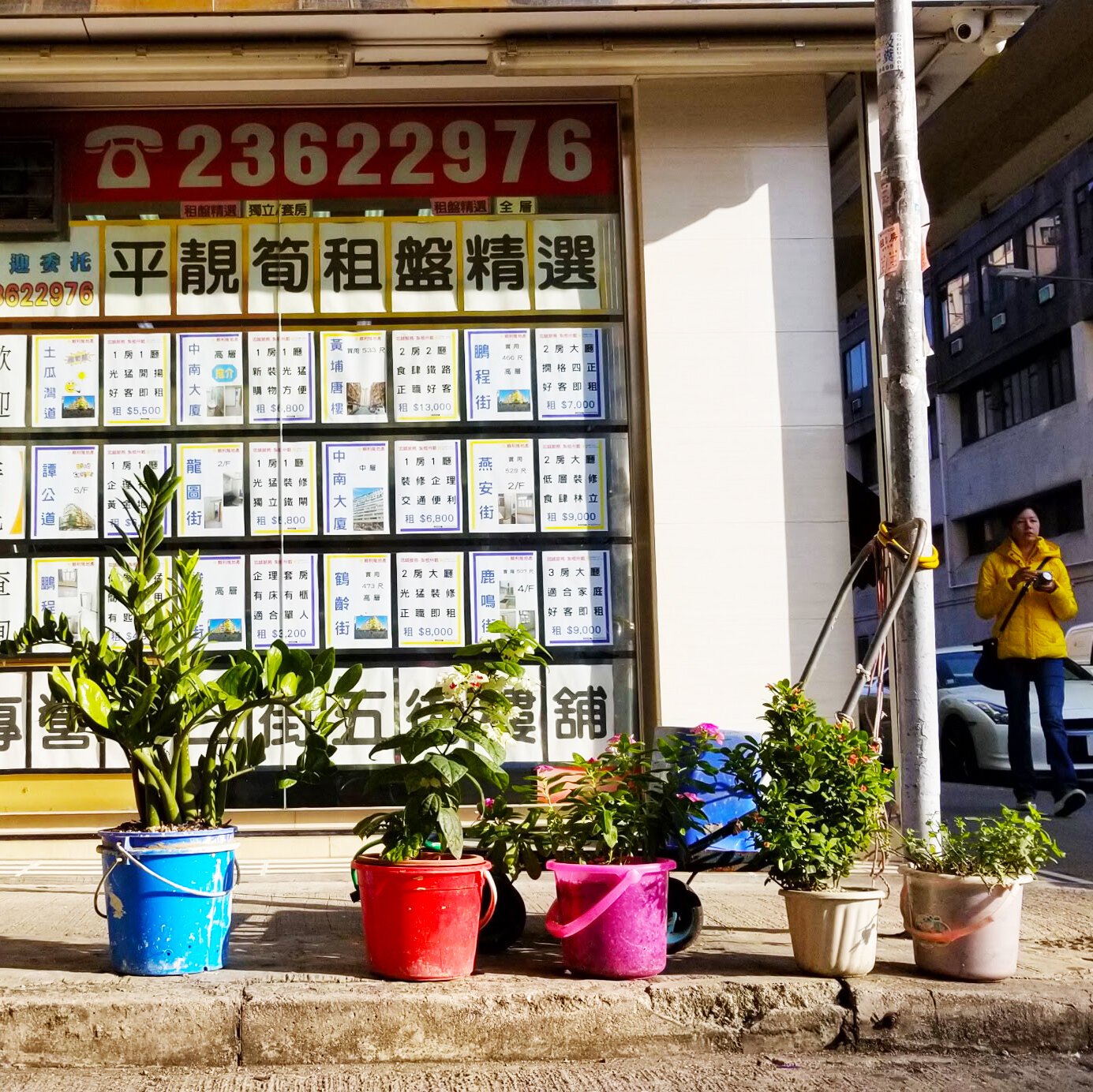
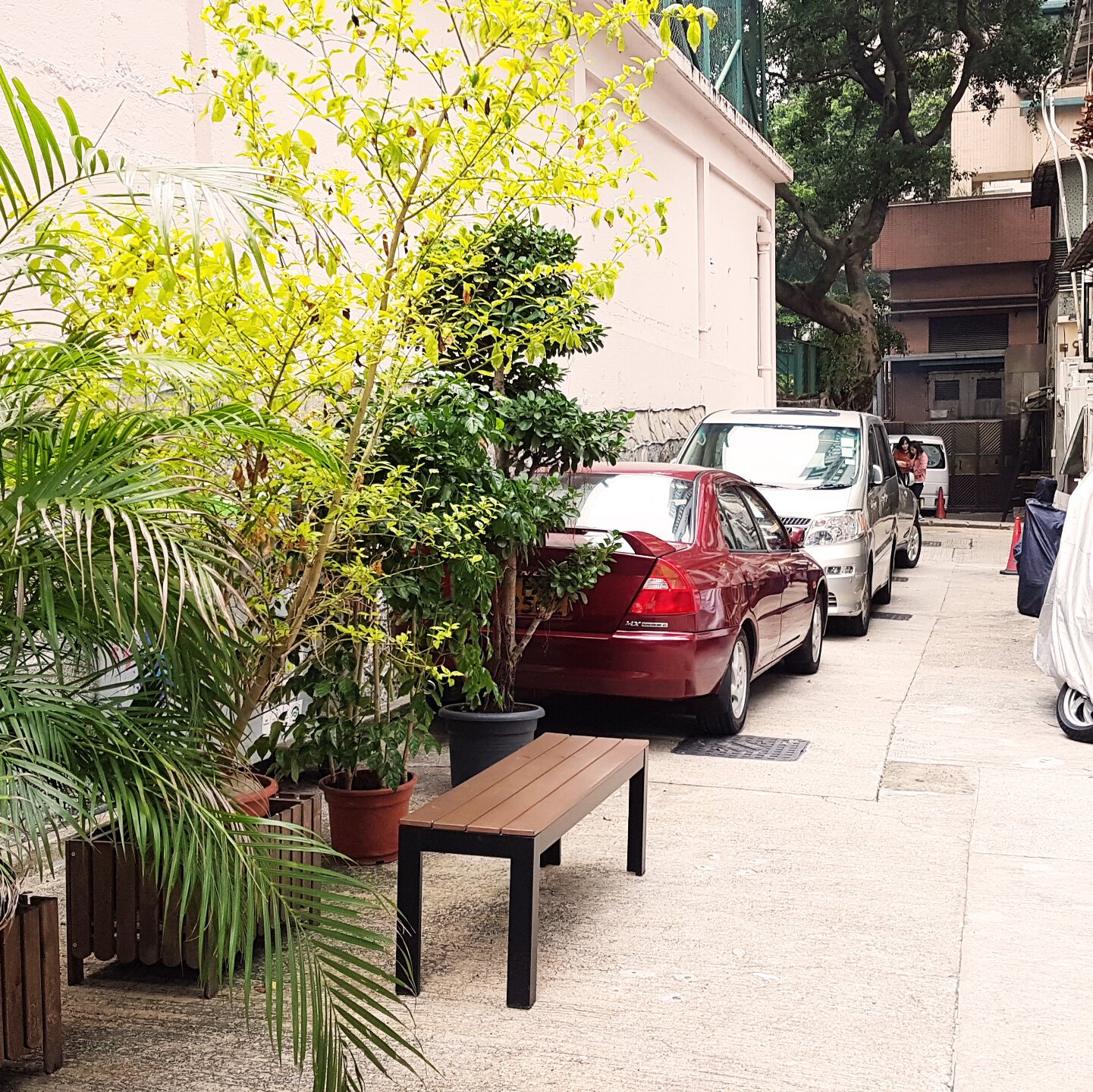
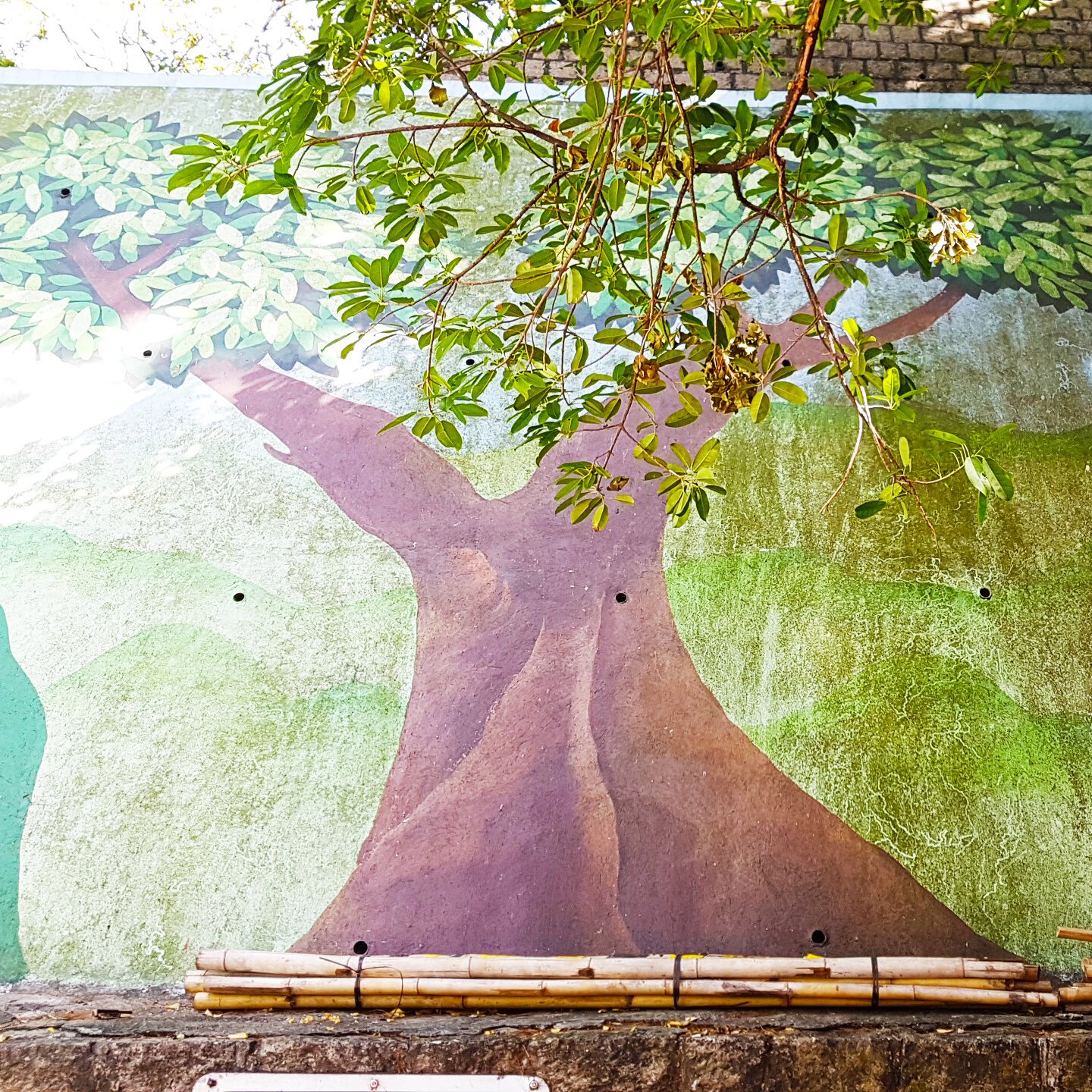
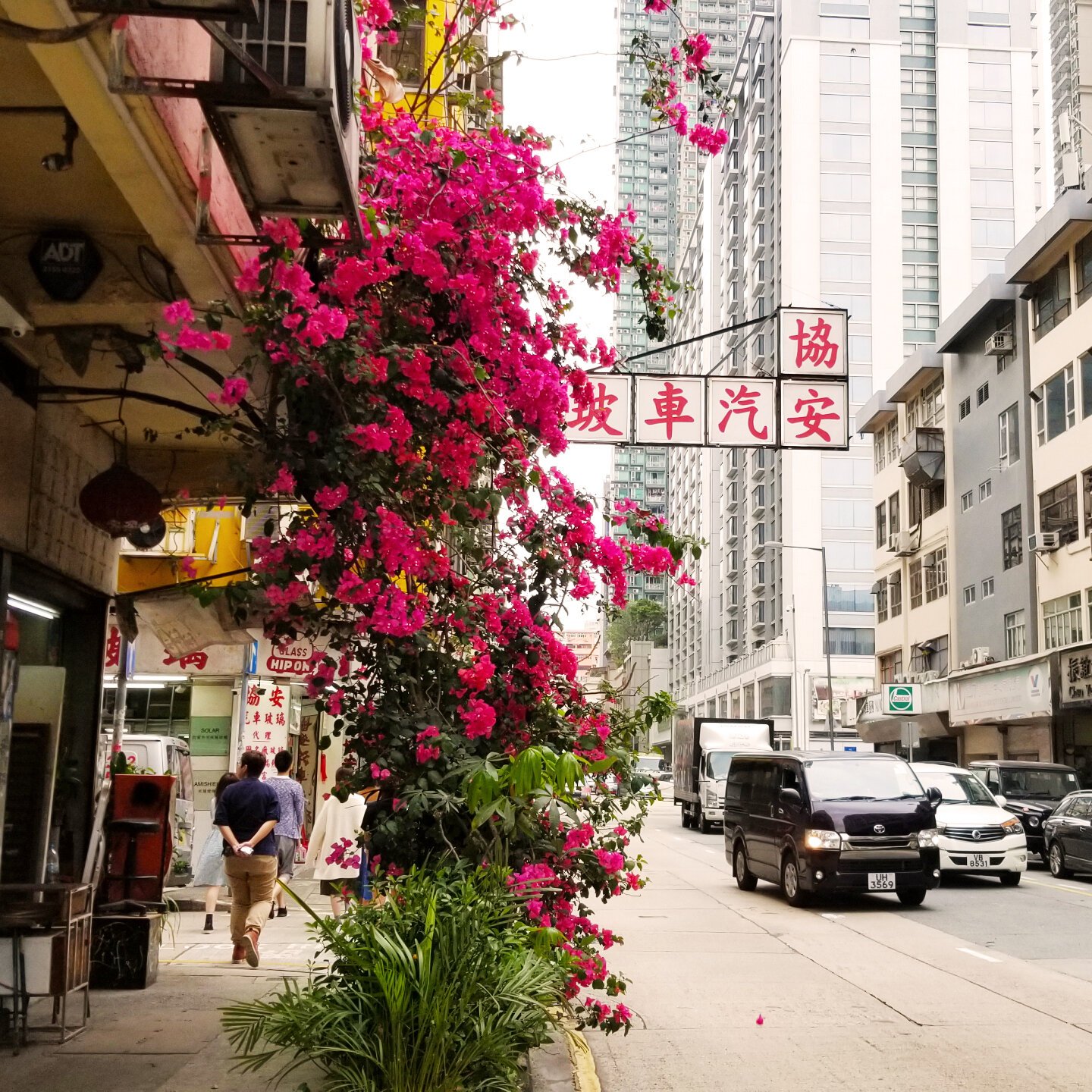
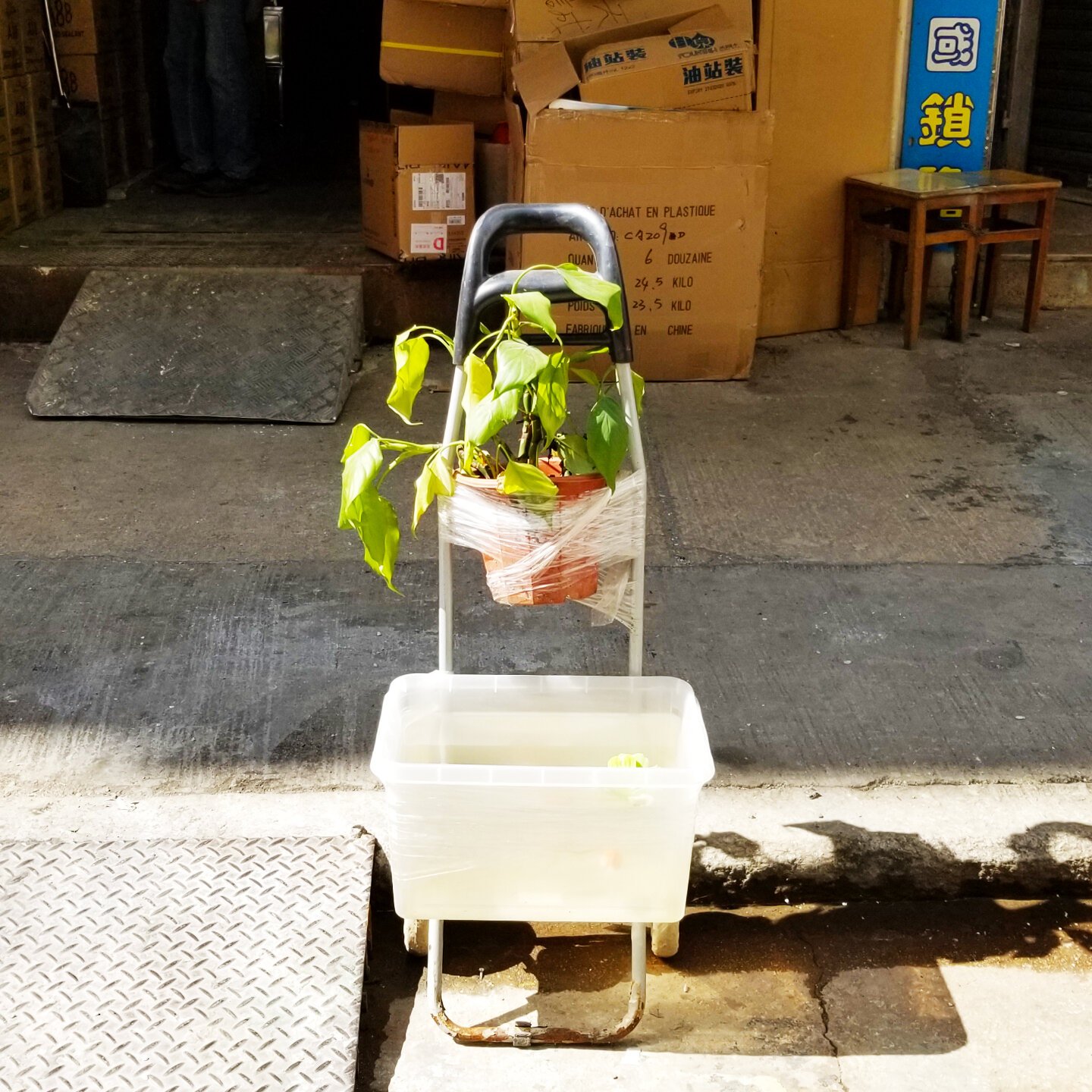
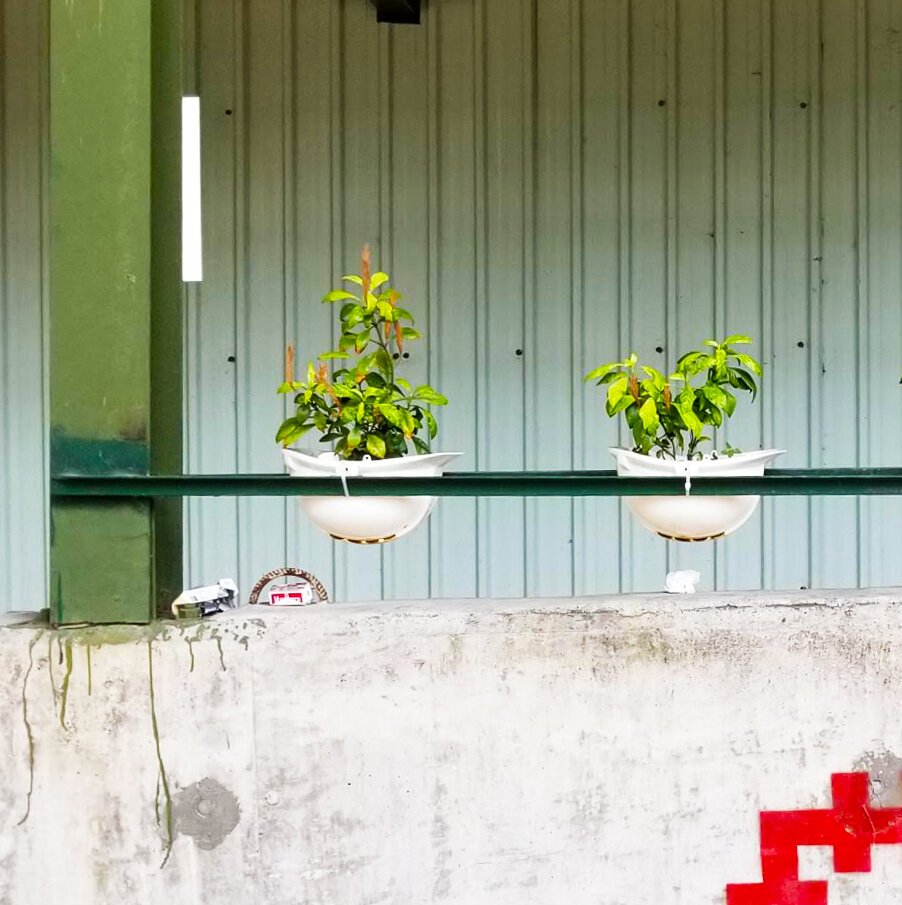
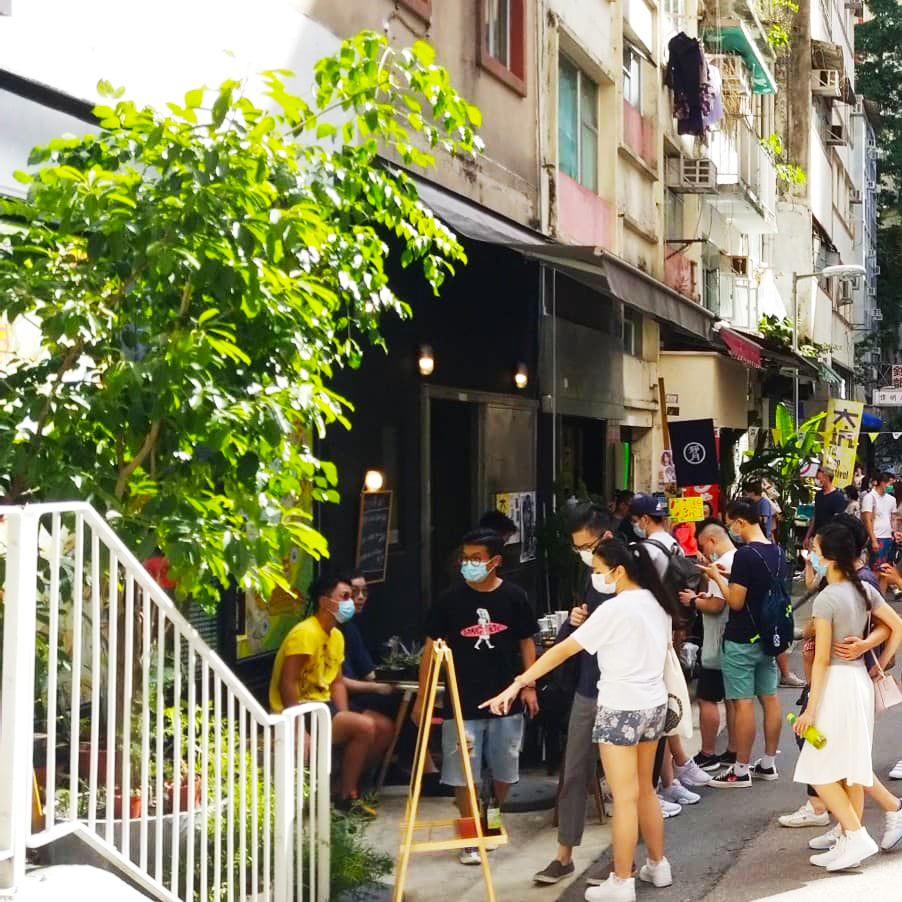
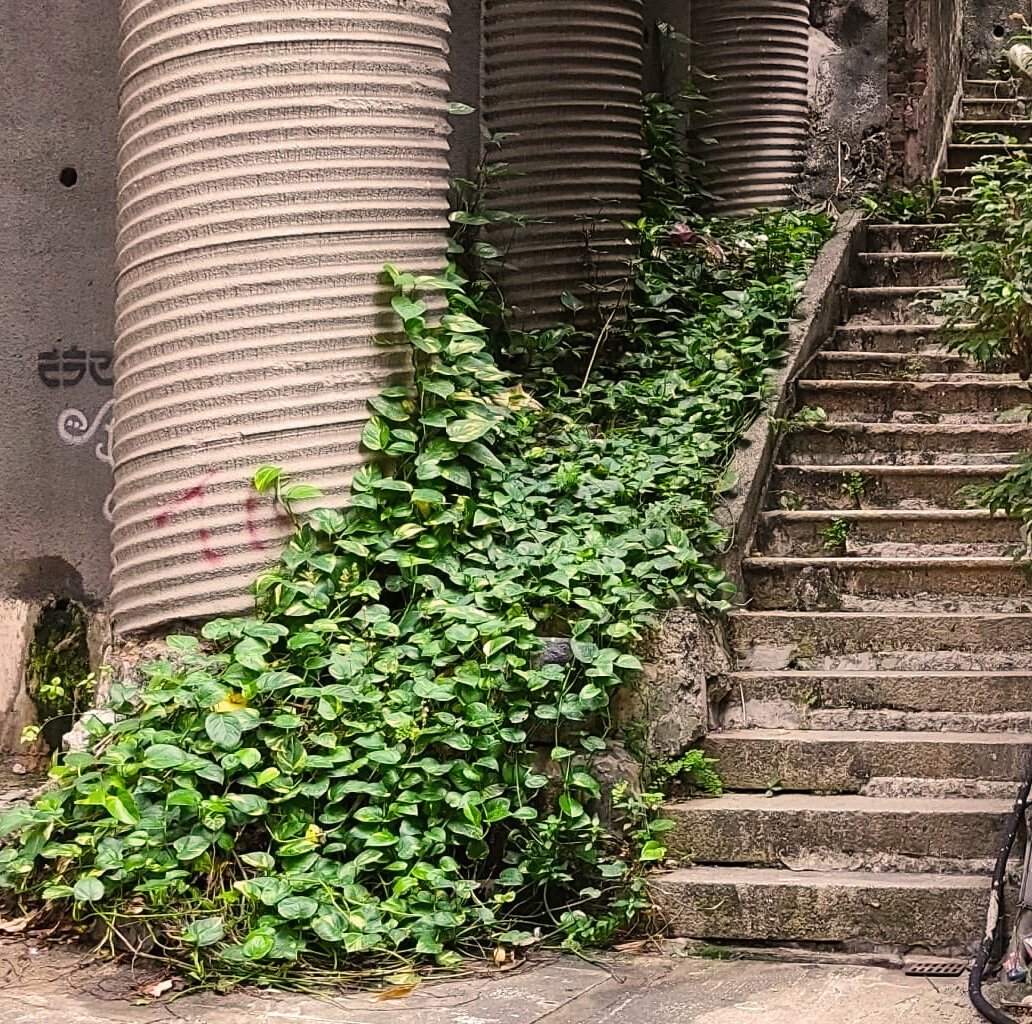
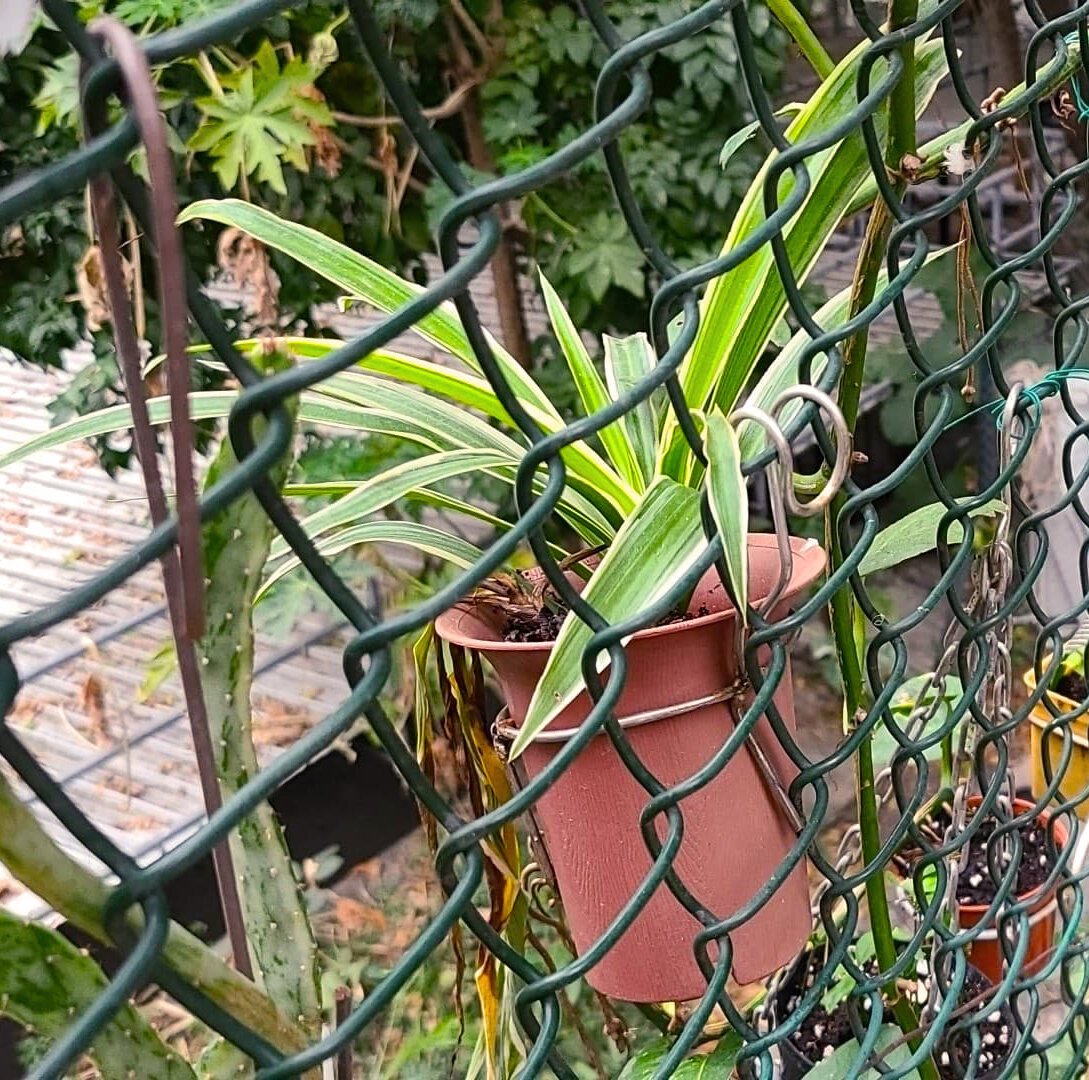
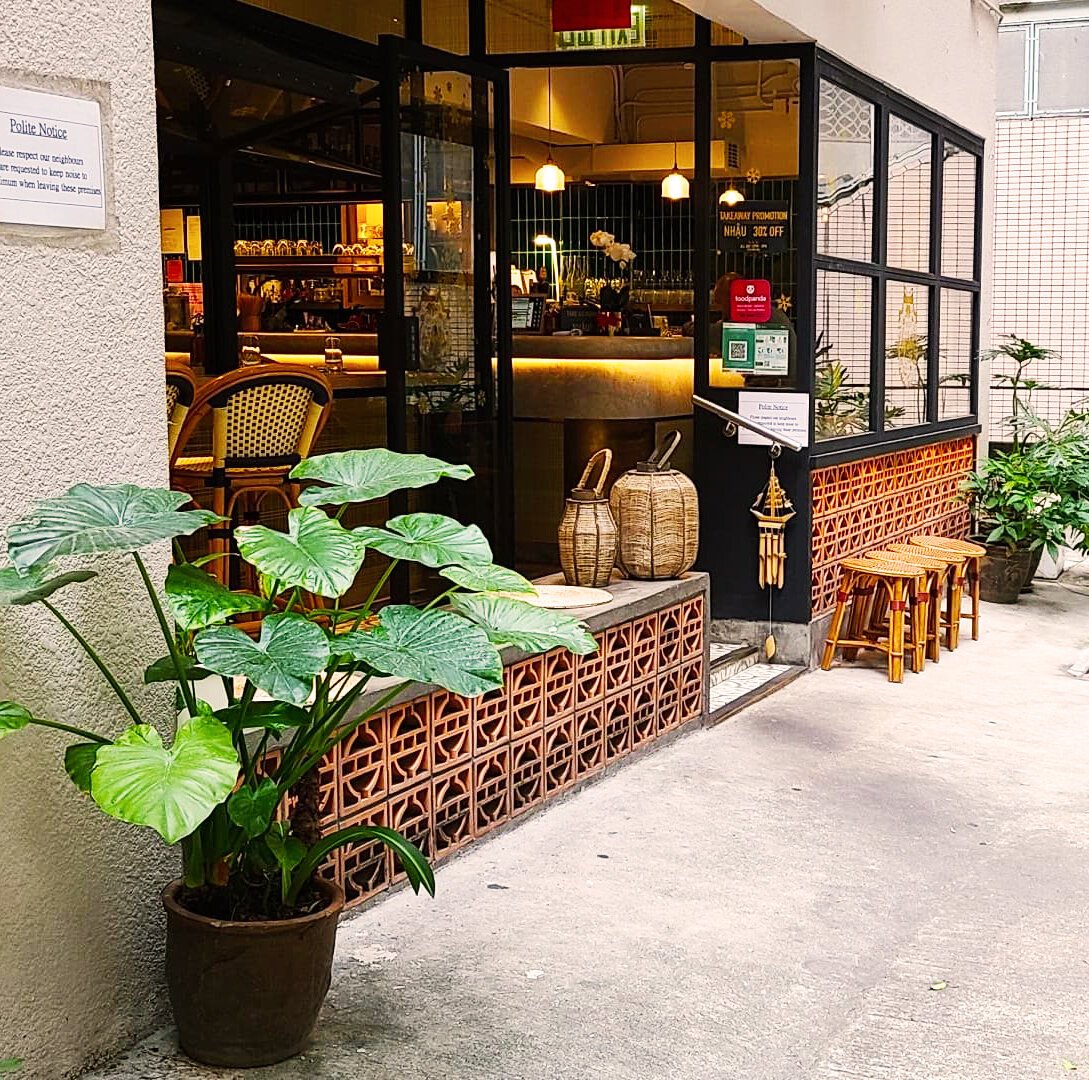
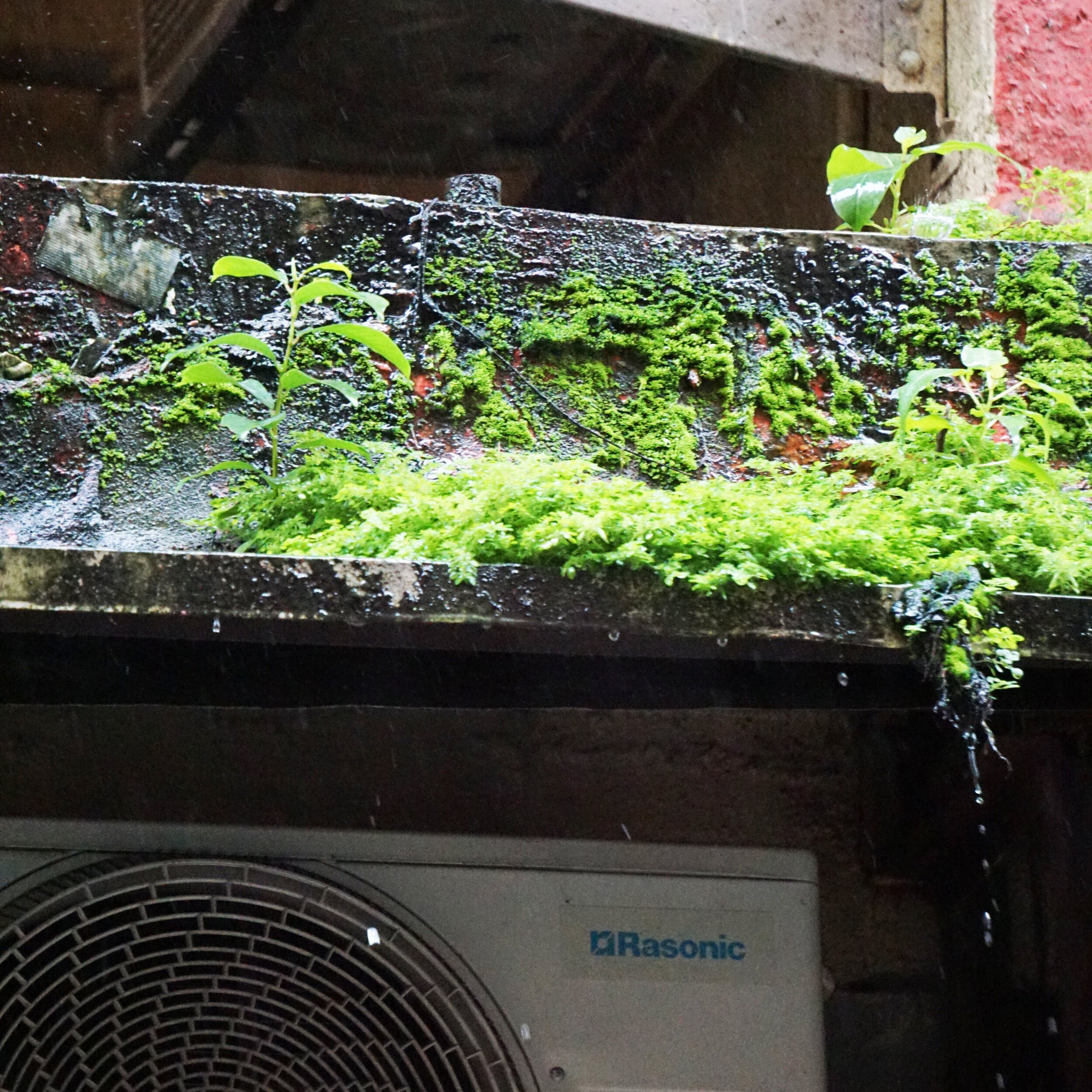
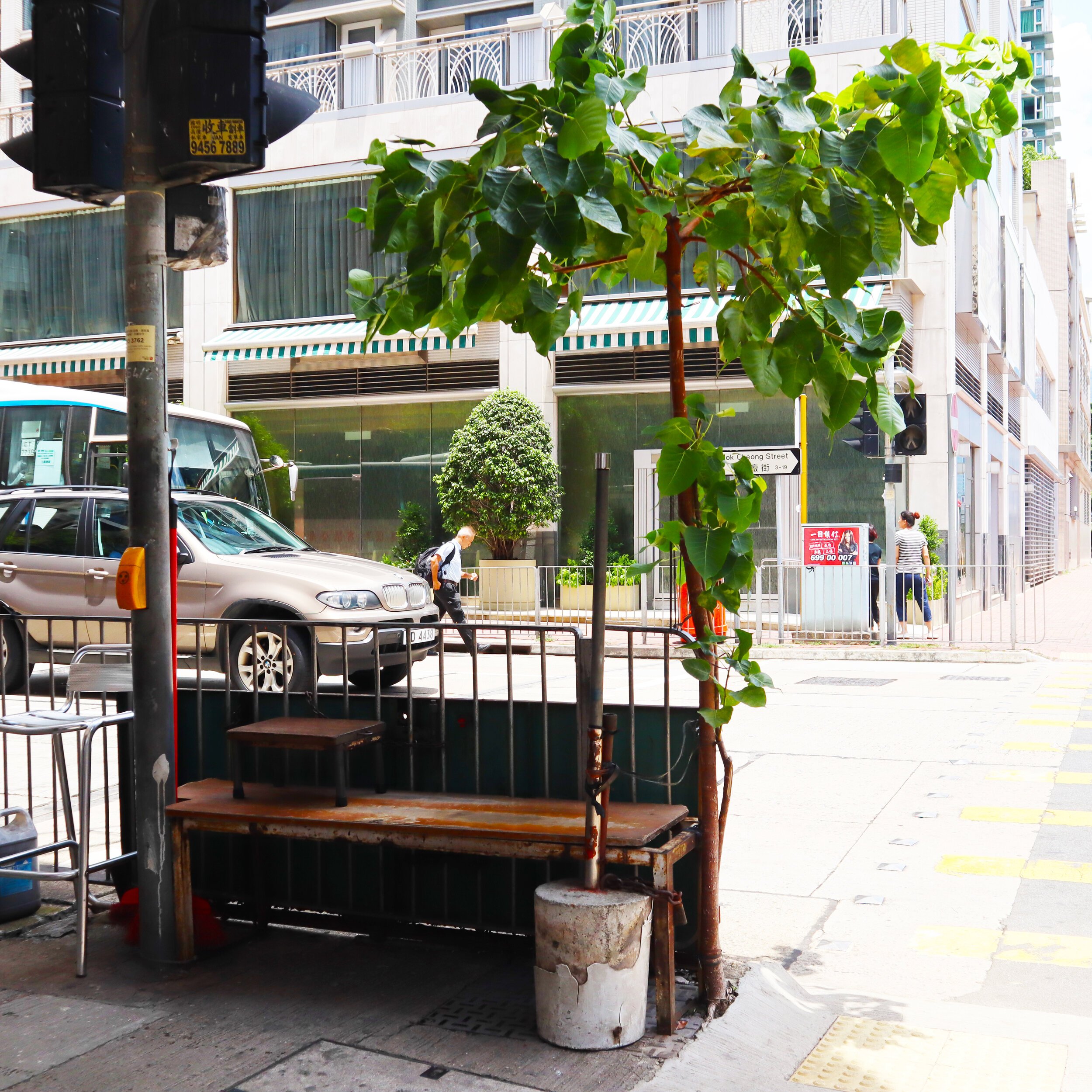
21世紀,人類面臨最大的挑戰,是「非傳染性疾病」與「氣候變化」,而這兩個挑戰都源自於急速的「城巿化」——世界衛生組織2014年的報告指出,非傳染性疾病如癌症、心血管病等,造成的死亡人數佔全球死亡人口68%,致病主因包括受空氣污染影響,與及在急速城巿化令職業和生活方式轉變,導致城巿人缺乏身體活動。
要緩減城巿化帶來的影響,國際上不少城巿愈來愈重視規劃綠色空間,這除了可以建設更宜居的城巿之外,它提高生產力及創作力、減輕醫療負擔等,對於社會及經濟效益同樣重要。香港面對人口愈來愈稠密、土地資源爭奪愈來愈愈激烈的未來,綠色空間將是保留城巿競爭力的重要因素。由政府規劃的「正式」綠色空間,或許未足以滿足社會需要,但放眼社區街道,其實早有不少吉人自發添加盆栽,植物除了美化環境,還有很多有趣的功能和角色,我們亦搜羅了城市中吉人巧妙運用閒置資源綠化空間的例子。
巿肺
綠色空間被稱為城巿的「巿肺」,可以改善污染、消減噪音、促進生物多樣性,同時可以改善巿區的氣候,例如公園的植被每增加100平方米,該處的空氣溫度估計可下降攝氏一度,同時可以減少行人受日曬的程度、增加街道上的風速等。發展綠色基建設施如花園、公園、綠化屋頂等,還可以增加巿區應對氣候變化的抗禦力,例如防洪、提升環境容量等。
城巿更宜居
綠色空間對於提升高密度的城巿生活質素亦相當重要,大量科學文獻均指出,綠色空間對健康有積極影響,例如減低心血管發率與死亡率、提高懷孕率等;它同時亦有助精神健康,如可紓緩情緒與壓力。而在國際上愈來愈多城巿設計皆提倡把大自然及自然元素融入其中。哈佛大學螞蟻學及社會生物學家E.O.Wilson認為,人類與大自然一起進化,腦袋仍然保留遠古時代、接觸親近大自然的需要,從而得到快樂與健康。
人均綠地空間
世衛建議,每人應享有至少9平方米綠化空間,而在香港,根據2011年「亞洲綠色城巿指數」的調查結果,香港人均綠化土地面積達105.3平方米,名列亞洲第三,主要原因是香港土地約有四成面積為郊野公園。
巿區綠化空間
而在高密度的巿區之內,主要提供綠化空間的「公共休憩用地」,雖達到《香港規劃標準與準則》的最低要求、即人均2平方米,但18區之中仍有4區的「鄰舍休憩用地」少於人均1平方米,即居民要到休憩空間的話,在離家400米的範圍內都難以找到。
在規劃署就《香港2030+》發表的「藍綠空間概念性框架」專題報告之中,當局亦承認「香港的人口和發展大部分集中於發展密度甚高的巿區內,而巿區的綠色空間相對有限」。
相片來源:社區攝影 zoom.in.hongkong
地點 : 香港
Urban greening: more than what meets the eye
Non-infectious chronic diseases (NCD) and climate change are the biggest challenges to homo sapiens in the 21st century, and rapid urbanisation is to blame. A WHO report in 2014 attributes 68% of mortality to NCD, such as cancers and cardiovascular diseases related to air pollution and lack of exercises due to work and lifestyle changes under rapid urbanisation.
To alleviate the impact of the ever-expanding concrete jungle, many cities are increasing their investment in green space planning, which not only promises a boost on liveability – it will also bring more productivity and creativity, less burden on healthcare systems, contributing to both social and economic wellbeing.
With population density and competition for land growing every day, Hong Kong needs green space to maintain its competitiveness. While the 'official' green space allotted by the government may not be enough for social needs, it won't be challenging to spot pot plants at street corners set up by ordinary dwellers. More than just beauty, these plants often serve many interesting purposes or functions. And here are some great examples of greening vacant lots.
City lungs
The green lungs are crucial for air purification, noise reduction, biodiversity promotion and urban climate regulation. For example, every 100 square meters of urban park vegetation can decrease the surrounding area's temperature by 1 degree Celsius – not to mention what it does to keep the sun off pedestrians and increase wind speeds. Developing green infrastructures such as gardens, parks, and green roofs can enhance flood protection and environment capacity, ultimately strengthening a city's resilience to climate change.
City Liveability
Green space is integral to living quality in a high-density city. Many studies have proven the contributions of green space to wellbeing – lower cardiovascular disease and mortality rates and a higher pregnancy rate. It is also a great emotion and stress soother. More and more cities introduce nature or natural elements in urban design. Harvard biologist and naturalist E.O. Wilson believes that man and nature evolve together. However, the primitive need to stay close to nature is still crucial for our happiness and health.
Green space per capita
WHO recommends that everyone should have at least 9 square meters of green space. According to the 2011 Asian Green City Index, Hong Kong's green land area reached 105.3 square meters per capita, ranking third in Asia. It is because country parks occupy about 40% of our land.
Urban green space
In high-density urban areas, ‘public open space’ mainly provides green space. While it does meet the Hong Kong Planning Standards and Guidelines' minimum requirement of 2 square meters per capita, the 'neighbourhood open space' in 4 out of 18 districts is still less than 1 square meter per capita, meaning that dwellers of these areas have no access to open space within 400 meters around where they live. According to the Blue and Green Space Conceptual Framework in “Hong Kong 2030+” published by the Planning Department, the authorities also acknowledged that "Hong Kong's population and development are mostly concentrated in urban areas with high development density, while green space in urban areas is relatively limited."
Photo source: zoom.in.hongkong
Location: Hong Kong
你可能對以下吉人吉事有興趣:
You may also be interested in these GUTS Stories:
















